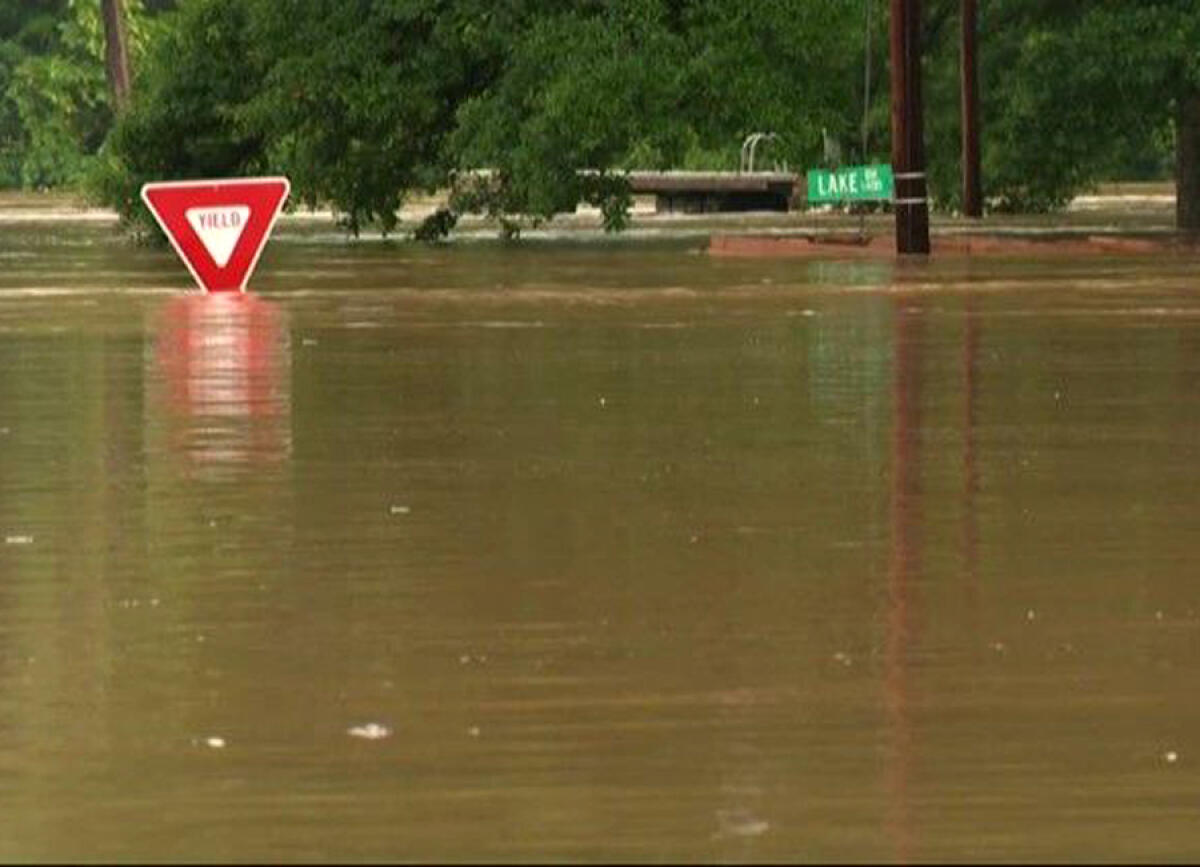- Friday, 19 December 2025
- Have a HOT TIP? Call 704-276-6587 or E-mail us At LH@LincolnHerald.com
Hurricane Helene Among Nation’s Deadliest
Twenty-four dead, including two in North Carolina

(Photo Courtesy WCNC.com)
Hurricane Helene will go down in the record books.
In the annals of meteorology, it will be listed among the deadliest storms in American history. During the course of the storm’s rampage of some 48 hours, 24 people lost their lives, including two in North Carolina, according to ABC News. Florida was devastated by this powerful Category IV hurricane, and only those in the westernmost areas of the Panhandle, near the Sunshine State’s border with Alabama, appear to have been unaffected.
Hereabouts, thousands of people (including yours truly) were without electrical power Friday, between about 5 a.m. and 7 p.m. Stoplights at major intersections in Stanley, Mount Holly and North Belmont were also without power, necessitating that members of local police departments act as traffic cops. Some roads were closed. Huge oaks fell and bowed down multiple powerlines along NC-27 in Stanley. And a municipal electric generator required major repairs in Mount Holly, according to that city’s utilities department.
In order to keep Lake Norman from flooding Denver, officials released water from the Cowans Ford Dam. But this had the lesser-evil effect of causing localised flooding around the area of Mountain Island Lake, Norman’s sister lake in the Catawba River chain of three that also includes Lake Wylie. Some residents were evacuated to Cook’s Memorial Presbyterian Church in Shuffletown near the Mountain Island area. The basement of St. Anthony of Padua Traditional Roman Catholic Church (this reporter’s chapel) was flooded by several inches of water. The church is located a mere few feet away from Mountain Island Lake, which rose to more than 106 feet: its second-highest level on record, according to Duke Energy, which manages the lake.
But the situation here was nothing compared with that of the Blue Ridge and Black mountains. Old Fort faced flooding, mudslides, landslides and rockslides. And Asheville was so cut off, surrounded by the rising floodwaters, it was accessible Friday only by air. Flash-flooding was seen everywhere.
According to the National Weather Service, many residents of Lake Lure and nearby low-lying areas were evacuated. The Rutherford County resort town has a century-old dam slated for replacement in stages over the next few years. According to WCNC, at around 11 a.m., Friday, Lake Lure town officials feared the unprecedented levels of rainfall––believed to be 18 inches or more––could spill over the dam. Some two and a half hours later, emergency workers said water was cresting the dam and flowing around its side walls.
Locally, many low-lying areas––from pastures to playgrounds and baseball fields––more resembled enormous swimming pools, early Friday afternoon. But by the time evening approached, the waters had significantly receded. Soon, multiple emergency crews had power restored, and life blessedly began to return to normal.

 Editor , Thomas Lark
Editor , Thomas Lark












